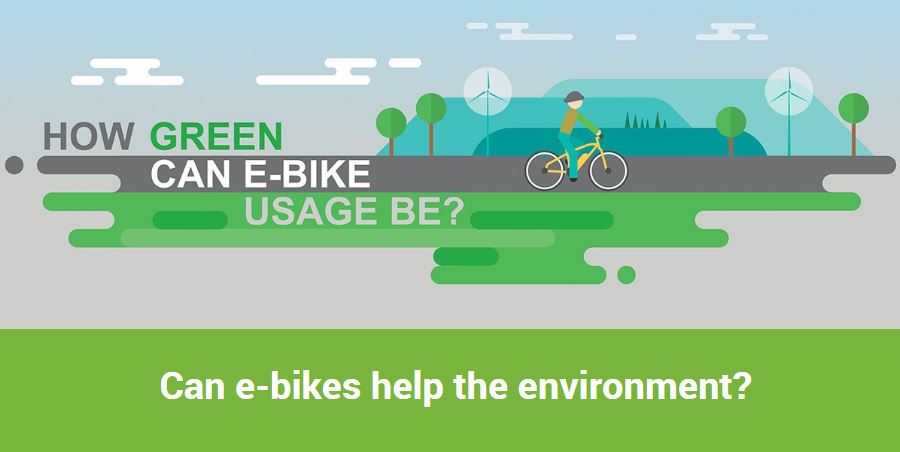Discover The Legal Standards In Your Area To Promote Secure And Responsible E-Bike Riding
Discover The Legal Standards In Your Area To Promote Secure And Responsible E-Bike Riding
Blog Article
Write-Up Author-Munk Hebert
Prior to you hop on your e-bike and struck the streets, it's critical to understand the laws and laws that govern your city. From speed restrictions to marked riding areas, there's a whole lot to consider to ensure you're compliant and safe. By familiarizing on your own with the regulations specific to e-bikes, you'll be much better geared up to enjoy your adventures without any unanticipated lawful concerns. Remain tuned to uncover key understandings that will help you navigate the e-bike landscape in your city perfectly.
Comprehending E-Bike Classification
When it concerns navigating the realm of e-bike regulations and policies, a crucial beginning factor is recognizing the category system that categorizes these electric bikes. E-bikes are typically classified right into 3 major categories: Course 1, Course 2, and Class 3.
Class 1 e-bikes are pedal-assist just, meaning they provide help while the rider is pedaling and have a maximum speed of 20 miles per hour. These bikes are allowed locations where traditional bicycles are allowed.
Course 2 e-bikes are geared up with a throttle that can move the bike without pedaling. They also have a maximum speed of 20 mph and appropriate for motorcyclists who may need help without pedaling continually.
Class 3 e-bikes resemble Course 1 yet with a higher maximum speed of 28 mph. look at here are usually limited from specific bike courses or trails as a result of their greater rates.
Recognizing these classifications is essential for following neighborhood regulations and guaranteeing a safe and delightful e-biking experience.
Browsing Rate Limitations and Limitations
To properly browse e-bike laws and regulations, it's critical to recognize the speed restrictions and restrictions that put on different courses of electrical bicycles.
Rate limitations for e-bikes differ depending upon the classification of the bike. Course 1 e-bikes, which are pedal-assist only and have a maximum speed of 20 mph, are normally allowed on bike lanes and paths.
Class 2 e-bikes, which have a throttle along with pedal-assist and likewise reach speeds of up to 20 miles per hour, might be restricted in specific locations where motorized vehicles aren't permitted.
https://fattireebikesuppliers99876.blog-gold.com/41527490/uncover-the-amazing-aspects-that-will-change-the-method-you-experience-e-biking -bikes, with pedal-assist up to 28 miles per hour, are generally needed to follow the exact same policies as conventional bicycles.
It's important to stick to these speed restrictions and restrictions to ensure your security and the safety of others when traveling. Before riding your e-bike, familiarize yourself with the details regulations in your city to prevent any kind of possible fines or legal issues.
Where to Trip Your E-Bike
To identify where you can ride your e-bike, it's necessary to understand the laws and standards specific to your location. In most areas, e-bikes are normally allowed on roadways and streets where typical bikes are allowed. https://fatbikeebikefactory31975.ourcodeblog.com/33211581/yearning-for-a-look-into-the-future-of-e-bikes might consist of bike lanes, bike courses, and shared roadways. Nonetheless, it's essential to inspect regional regulations as some cities may have particular limitations on where e-bikes can be ridden.
When riding your e-bike, constantly prioritize security by complying with website traffic regulations and respecting pedestrian walkways. In addition, bear in mind any type of designated bike lanes or paths in your location and utilize them whenever possible to make certain a smoother and much safer experience.
Some cities additionally have laws pertaining to e-bike use on walkways, so make certain to acquaint on your own with these rules to prevent any penalties or fines.
Conclusion
Since you know with the legislations and guidelines surrounding e-bikes in your city, you can with confidence hit the road recognizing where you can ride and what restrictions relate to your e-bike category. Remember to always focus on safety and security and comply with the regulations to make sure a smooth and legal trip. Delighted riding!
